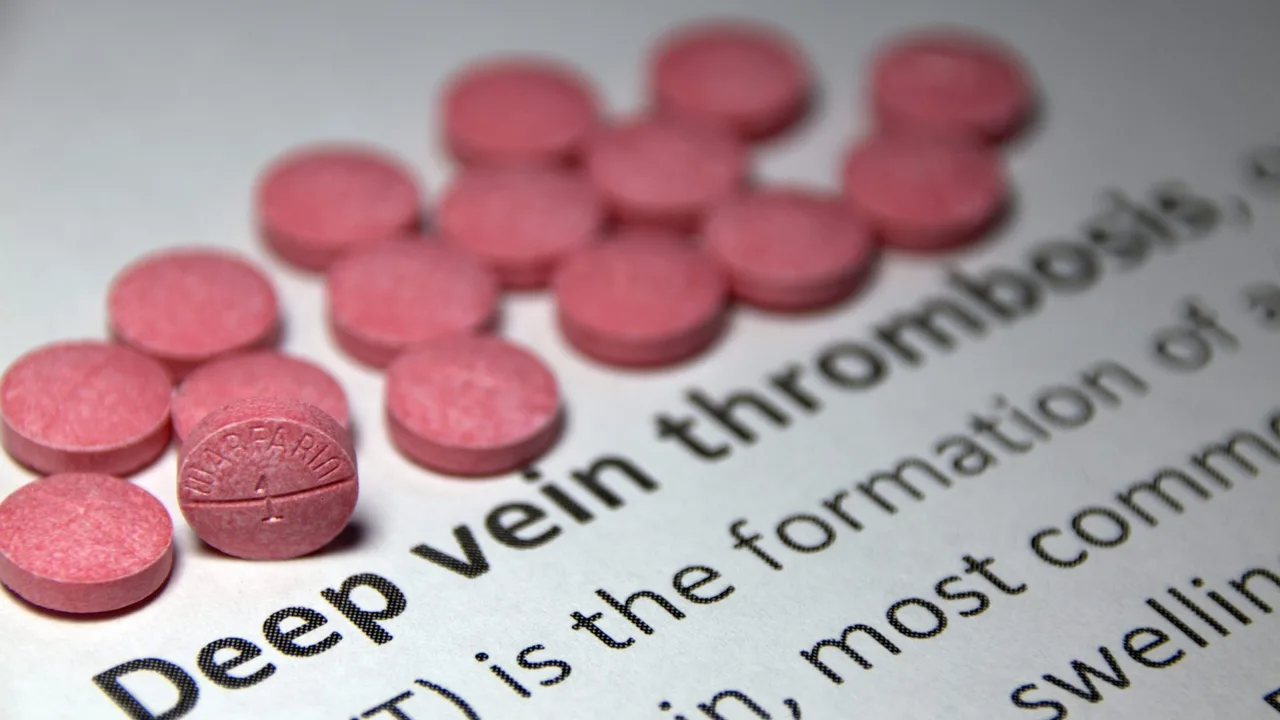
Understanding Embolism
Being your friendly neighbourhood blogger, I have dabbled in quite a few topics, and today I'm diving into the mesmerising and somewhat scary world of medicine. You'd never imagine that someone like me, who once got squeamish at the sight of a paper cut, would be talking about embolisms and blood thinners, but well, here we are. Hold on tight because I am going to enchant you with some medical science stuff about embolisms.
An embolism is like an unexpected trip—an unwelcome one, that is. It happens when a blood clot, fat globules or even an air bubble decides to go on a tour in your bloodstream and, at some point, it gets stuck. And when it jams up a blood vessel, the organs relying on blood from that vessel are in for a tough time. The blockage could cause them to starve for oxygen and nutrients leading to organ damage. Ouch! Not the kind of unexpected trip anyone would want to join!
The Dangers Looming Over
Now you’re thinking "Ethan, how dangerous can this get?" Well, folks, it can get very dangerous indeed. The emboli (a fancy name for the stuff causing the blockage) can travel to major organs like the brain, causing strokes, or to the lungs causing pulmonary embolism, or to the heart leading to a heart attack. As someone who loves his neurons and lungs as much as he loves his dog Jasper, I can tell you that we should be very wary of these unwelcome guests.
Is there anything we can do about it? Absolutely. This is where blood thinners strut onto the stage. Remember, in this article, it is the blood thinners vs. the emboli. The who's who in the world of embolism prevention and treatment.
Blood Thinners: The Cavalry
As you read this, your blood is pumping through your body, delivering oxygen and nutrients to those trillions of cells working hard to keep you breathing, moving and—reading this article, I presume. Now imagine what happens when a clot blocks this flow. The blood thinners are medications that reduce the chance of blood clotting, effectively acting as prevention and treatment for embolism.
Here's an interesting fact before we go on: the term 'blood thinners' is actually a misnomer. They don't actually thin the blood. They work to reduce the formation of blood clots or to destabilise existing ones. Much like how designated drivers ensure that their party doesn't crash into something on a night out.
A In-Depth look at Blood Thinners
Let's dig deeper into the world of these life-saving medicines. There are two types to familiarise yourself with: anticoagulants and antiplatelets. You might think the names are difficult to remember—but hey, it could've been worse—we could still be using Latin!
Anticoagulants, the bigger word of the two, also have the bigger job. They slow down the clotting process. They're kind of like the town's traffic cop, slowing things down and ensuring everything moves smoothly. Warfarin and heparin are two of the most commonly used anticoagulants.
Then, we have antiplatelets. Their job is to prevent platelets (tiny, disc-shaped elements in your blood) from sticking together and forming a clot. They are more like the well-behaved kids in school, always doing their part to keep things peaceful and smooth. Aspirin and clopidogrel are some of the most common examples of antiplatelets.
The Potential Consequences and Watch-Outs
Now, if you have this uncanny vision of blood thinners as superhero meds charging in, capes flying, and annihilating the enemy (read: emboli) in a snap, allow me to throw in a little reality check. Like all medications, blood thinners have potential side effects and require careful management. They're a bit like my dog Jasper, really helpful and friendly, but if I forget his walk, well, things can get messy.
Extensive use of blood thinners can lead to excessive bleeding, swelling, and other complications. As in most things in life, the key is balance. It’s essential to monitor how these medications work in your body by getting regular blood tests and following your healthcare provider's advice to the letter. After all, they went through man years of medical school for a reason!
Our bodies are a delicate symphony of processes and mechanisms that work non-stop to keep us alive and functioning, and sometimes they need a little support. Blood thinners in embolism prevention and treatment play a vital role in this. Next time when you walk by a pharmacy, maybe you'll give those blood thinners a tip of the hat for the incredible job they do.
Throughout the course of this article, we have romped around the world of embolism and blood thinners, and I reckon you've got your fair share of quirky facts and practical tips. Nevertheless, if you have got a particular question in mind, feel free to post it in the comments. As always, yours in science and oddities, Ethan.
